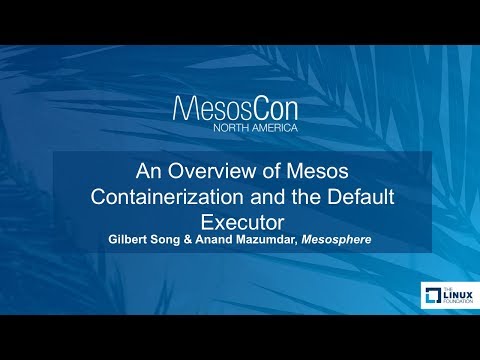Description:
Explore an in-depth overview of Mesos containerization and the default executor in this 42-minute Linux Foundation talk. Delve into the history of Mesos containerization, from process-based systems to the adoption of container standards. Learn about Mesos' native container runtime, support for major container image formats, and integration with OCI, Docker, CSI, and CNI. Discover the advantages of the default executor for running pods in production, including nested containers and debug capabilities. Gain insights on best practices for running sidecar containers, implementing health checks and probes, and understanding termination policies. Examine the Mesos Agent API for nested containers, and get a glimpse of upcoming features on the roadmap. Benefit from the expertise of Mesosphere engineers as they guide you through the intricacies of Mesos containerization and its evolving ecosystem.

An Overview of Mesos Containerization and the Default Executor
Add to list
#Computer Science
#Distributed Systems
#Apache Mesos
#DevOps
#Docker
#Containerization
#Container Networking
#CNI